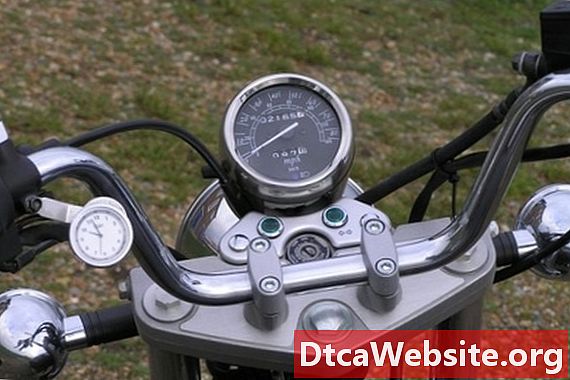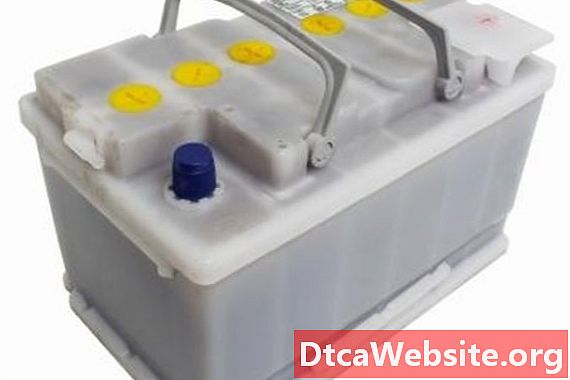
Contenu

Breaking in a new Toyota is simply following a few common sense rules. A new Toyota comes equipped with all the fluids you will need, for a while anyway, and includes a detailed service manual to let you know when each maintenance procedure needs to be done. There are a few extra things you can do that may fall out of the actual endorsed schedule of maintenance but which are recommended by mechanics and long-time Toyota owners.
Step 1
Drive conservatively for the first 1,000 miles of the life of your new Toyota. This means no driving over 55 mph. If you do find yourself on a freeway, vary your speed somewhat. Dont let the engine run continuously under 2,000 rpm or over 4,000 rpm. Keep a manual transmission running smoothly and shift the gears before the tachometer reaches the red line point. Do not over-accelerate from a stopped position, and avoid hard stops for the first 200 miles. Dont drive for extended periods of time at one speed, fast or slow. Essentially what you are trying to do is drive the new Toyota in the way that an average driver would for the first 1,000 miles of your vehicles life. In the same way that you would break in a new pair of shoes by not running a marathon in the first weekend you own them, thats how to break in your car.
Step 2
Change the transmission fluid, unless your transmission is a sealed system, and oil after the first 1,500 miles. This is to help flush the small particles of shaved steel that may have settled into the bottom of the crankcase while your Toyota was being shipped to the dealer. After this first change, Toyota recommends changing oil every 6,000 miles. Consult the dealer about the issue of using synthetic versus natural oil in your vehicle. Each comes with its own pluses and minuses, so you will have to make that decision based on the type of vehicle and your driving habits. Check the fluid levels in the master cylinder, power steering and coolant levels to make sure each is full.
Refuse all requests friends and family might make to use your new vehicle, especially if it is a new Toyota truck, to tow trailers or load it up with furniture for moving. Toyota recommends not towing or hauling heavy loads for the first 500 miles. Use gasoline of at least 87 octane, although the premium octanes will work, it isnt necessary to spend the extra money on higher octane fuel. Choose a gasoline that contains detergent additives and stick with the same brand if you can. This will help prevent engine deposits in the fuel injection and other areas. Do not use gasoline with an ethanol content higher than 10 percent, or any gasoline using methanol or methylcyclopentadienyl-manganese tricarbonyl, or MMT. Either of these chemicals may cause problems with your catalytic converter and the rest of the emissions control system. Keep the fuel level at half a tank or greater so that the engine does not misfire.
Tip
- To get the specifics on your Toyota vehicle, consult the owners manual. Manuals are available online to Toyota owners, but you will need a vehicle identification number to access the particular manual for your Toyota.


